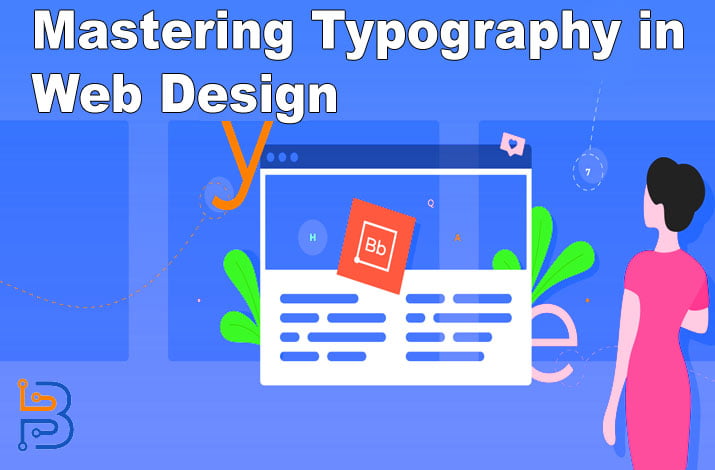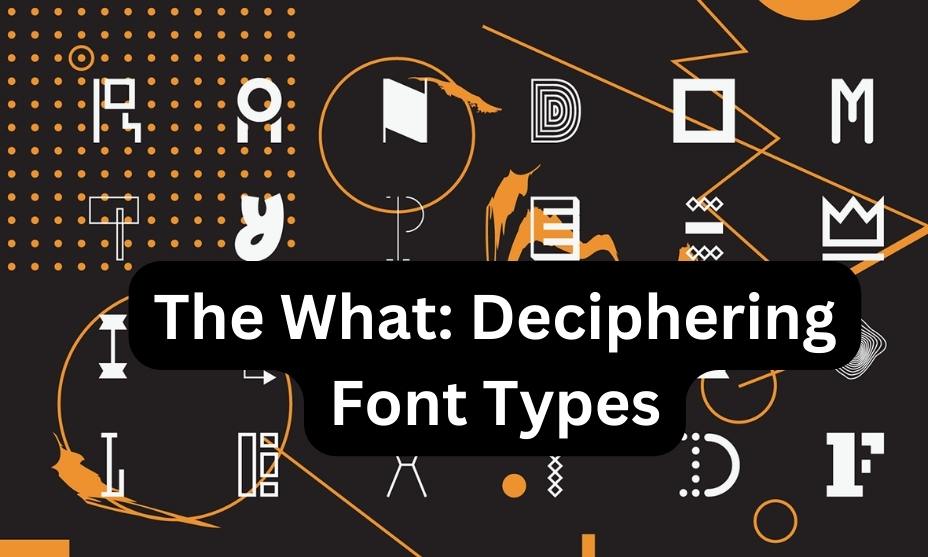Mastering Typography in Web Design – Tips from an Atlanta Agency

Have you ever encountered a website that left you squinting, tilting your head, or simply clicking away because the words seemed like a scrambled puzzle? You might not have realized it, but you were likely witnessing the aftermath of a typography disaster.
Typography, or the art of arranging text in a readable and visually appealing manner, plays an underappreciated role in web design. Getting it right can mean the difference between users staying or fleeing. Let’s embark on a journey to grasp the core of typography in web design.
The Why: The Importance of Typography
Typography isn’t just about picking a “pretty” font. It’s about ensuring that the content is easily consumable. The right typography can:
- Enhance Readability: Choosing fonts and sizes easily read across various devices ensures your message is communicated without hindrance.
- Set the Tone: Fonts can evoke emotions. A quirky font might convey fun, while a more traditional one may reflect professionalism.
- Reinforce Branding: Consistent use of typography can make your website immediately recognizable and strengthen your brand’s identity.
The How: Key Principles to Remember
Venturing into the vast world of typography can be daunting, but here are some guiding principles:
- Hierarchy Matters: Use varying font sizes and weights to differentiate between headings, sub-headings, and body text. This helps guide the reader’s eye through the content. This is one of the key strategies recommended by web design Atlanta.
- Less is More: Using multiple fonts is tempting, but sticking to 2 or 3 harmonious ones can prevent your website from looking chaotic.
- Mind the Spacing: The space among lines (line peak) and letters (kerning) is essential. If text is too cramped, it may be hard to study; too spaced out, and it is able to look disconnected.
- Color Carefully: Ensure your text contrasts well with the background. Light text on a dark background or vice versa usually works well. Avoid colors that strain the eyes, like neon shades.
- Responsive Design: Your typography must adapt gracefully to numerous display sizes. What’s readable on a computing device might not be on a smartphone.
The Practice: Constant Refinement
Like all arts, mastering typography requires both understanding principles and practices. Regularly revisit your choices. Obtain feedback, be bold, and make adjustments. The online world is ever-evolving, and so should your design.
The What: Deciphering Font Types
Before you dive deep into gaining knowledge of typography, it’s beneficial to recognize the various global of font kinds. They may be categorised into some categories:
- Serif Fonts: These fonts have small extensions or “feet” at the end of letters, like Times New Roman. They’re often associated with print, tradition, and formality.
- Sans-Serif Fonts: Sans-serif means without serifs. They lack the “feet” on letters and present a more modern, clean look. Helvetica and Arial are prime examples.
- Script Fonts: Resembling cursive handwriting, these fonts, like Pacifico or Brush Script, upload a private contact and are frequently used for invitations or trademarks.
- Display Fonts: These are decorative fonts used sparingly for headlines or logos. They’re meant to capture attention but can be hard to read in long texts.
Choosing the right font type is paramount. Consider the mood and message of your content. For instance, a financial website might opt for a trusted serif, while a tech startup might lean into a clean sans-serif.

Consistency: The Silent Communicator
Having an array of fonts at your disposal can be like being a kid in a candy store. However, it’s essential to exercise restraint. Consistency in typography does more than make the page look unified:
- Builds Trust: Consistency within a web page and throughout a website offers a feeling of reliability. Readers subconsciously accept as true with a website greater after they see a predictable pattern.
- Enhances User Experience: When headings, body textual content, and hyperlinks have a consistent layout, customers can navigate and understand the content higher.
- Strengthens Brand Image: When customers see constant typography throughout exclusive structures – your internet site, social media, or print substances – it fortifies your brand photo.
- Using a style guide can be invaluable. It ensures that everyone, from content creators to designers, sings from the same hymn sheet, maintaining harmony across the board.
Adaptability: Catering to Different Needs
In the age of accessibility and inclusivity, it is vital to apprehend that everybody perceives content in a different way. Adaptability in typography isn’t always just a layout choice; it is a social obligation.
- Accessible Typography for Visual Impairments: People with visible demanding situations rely on legible fonts and enough contrast to realize content. For instance, those with dyslexia regularly locate fonts with awesome letter shapes, like Verdana or Tahoma, less complicated to examine.
- Device and Browser Adaptation: Different devices and browsers can render fonts differently. Ensuring your typography remains consistent across these variances ensures every user gets the intended experience.
- Cultural Sensitivity: Typography can also have cultural connotations. Using globally neutral fonts or adaptable to regional aesthetics can make your content universally welcoming.
The Anatomy of Typography
While we are busy choosing fonts and setting up our web site’s look, information the intricate parts of a letter and how they have an effect on belief can provide designers an area.
- Baseline and X-height: The baseline is where the letters sit, and the x-height is the height of lowercase letters. A larger x-height typically enhances readability.
- Ascenders and Descenders: Ascenders are the parts of a letter that upward thrust above the primary frame (just like the top of the ‘h’), whilst descenders drop underneath the baseline (like the tail of the ‘y’). Proper spacing is crucial to prevent them from looking cramped.
- Counter: This is the space within letters. An ‘o’ or ‘p’ has a clear counter. Too much closure can make letters less distinguishable at smaller sizes.
Having a grasp of these intricate details can fine-tune your typography choices, ensuring every letter conveys a message and does so with finesse and precision.
Closure
In the symphony of web design, typography is the rhythm that gives life to the content melody. It’s not just about making words look good but about ensuring they carry the weight and meaning intended.
So, the next time you visit a website, take a moment to notice the typography. Does it enhance your experience or detract from it? For web designers, let this be a gentle reminder: Every letter counts. And for those just discovering the magic of typography, here’s a question: how can you use fonts and text layout to tell your unique story?





